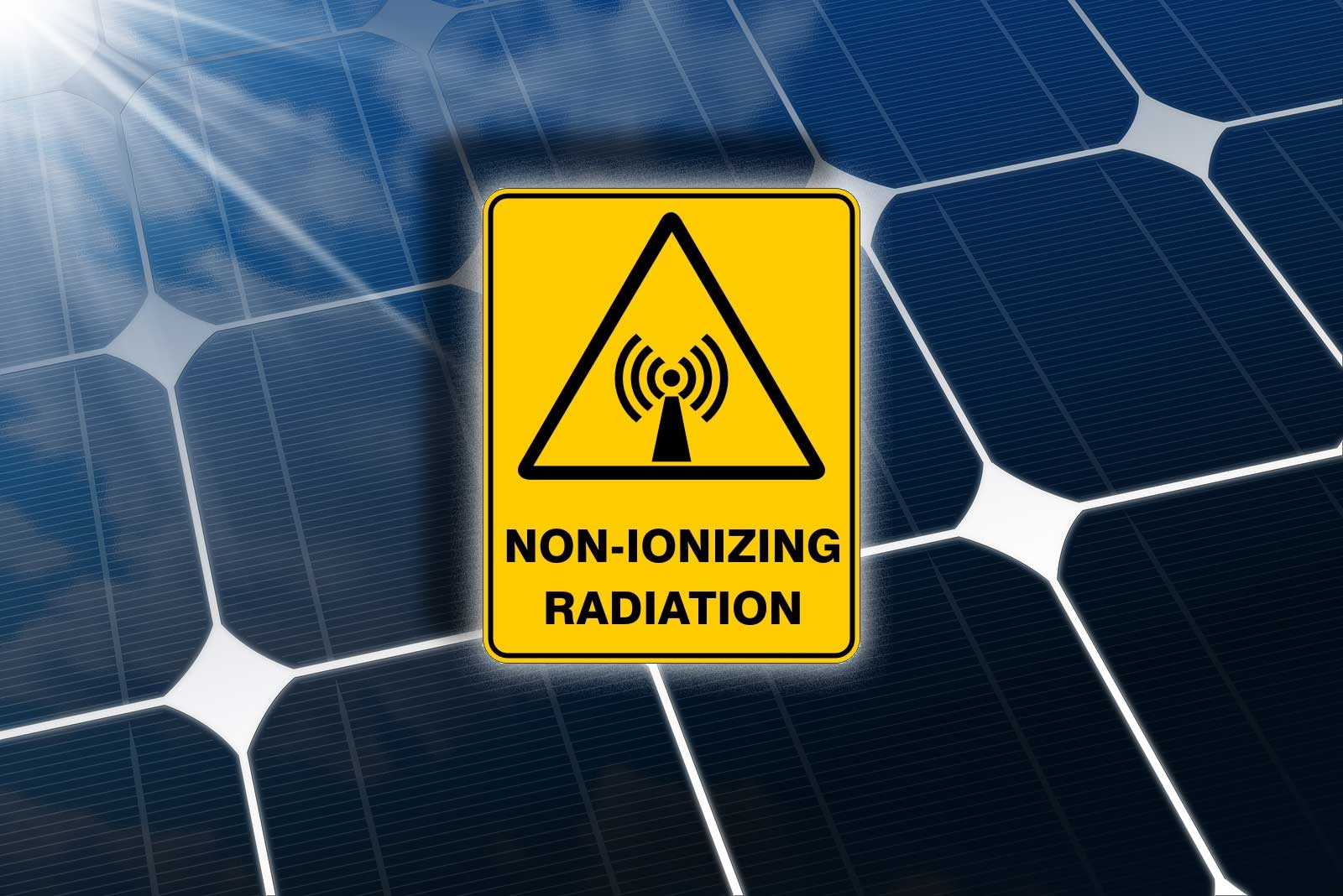The radiation from RF-EMF can cause damage to DNA, increase the temperature of tissues, and disrupt the blood-brain barrier. These effects are real and ARPANSA is actively involved in discussions with EHS community, medical professionals and researchers. ARPANSA will continue to review research on the health effects caused by EMF radiation.
RF-EMF can cause DNA damage
Exposure to man-made electromagnetic fields (EMFs) are associated with DNA damage, as well as other health effects. EMFs can affect the intracellular ionic levels that are crucial to maintain the electrochemical balance of cells. This can alter the balance of cell metabolism, resulting damages to the DNA. Moreover, exposure to EMFs is also associated with an overproduction of free radicals as well as reactive oxygen species (ROS).
Exposure to RF-EMF radiation has been linked to changes in male germ cell development. emf radiation involves the transformation of germ cells into spermatozoa, aswell as functional maturation as the spermatozoa move through the epididymis. To study the effect of RF-EMF exposure on male germ cell development, a specially-built waveguide machine was constructed for the purpose of exposing unrestrained mice to RF-EME with a dose of 2.2 W/kg.
In a study that was conducted recently, researchers have discovered that exposure to RF EME caused an oxidative DNA injury in the spermatozoa. Sperm DNA fragmentation was increased by 18% after one week of treatment and by 23 percent after five weeks. Furthermore, what is emf radiation in mitochondria was observed by measuring the level of a biomarker, 8-hydroxy-2-deoxyguanosine (8-OH-dG).
Despite this, the RF-EMF radiation has not yet been considered to be a carcinogen. But, several studies have revealed that exposure to RF-EMF can affect DNA integrity in a variety of cell varieties. In one of these studies scientists exposed Vero cell lines to EMF of 100 Hz for 45 minutes. They measured DNA damage 48 hours after exposure to determine if exposure affected DNA integrity.
RF-EMF causes tissue heating

While the effects of RF-EMF are usually thought to have thermal origins, a few studies have demonstrated that non-thermal influences are also present. These effects may account for certain of the unsolved findings in epidemiological studies on EMF hypersensitivity. This is why it is crucial to take into account non-thermal effects when conducting a systematic review.
The non-thermal effects that RF-EMF can have may be felt at the cell's membrane. This is an area where research has been thoroughly studied. Particularly, the electrochemical behavior of cell membranes is being studied. The current understanding is that energy from RF-EMF that exceeds 1 MHz is transferred to tissue through dielectric as well as the dissipation of ions. Studies of the theory have suggested that the energy transfer to the tissue could be as high as 200 kV/m.
The electric properties of tissues are regulated in the form and quantity of water molecules and ions, and other substances in the body. This determines how absorbed EMR from RF is absorbed by different tissues. The tissues with the highest conductivity tend to absorb more field and cause more of an effect. This is the reason why the amount of heat generated by tissue doesn't increase continuously as it moves from the exterior to however, it is more prevalent in hot spots. Bone and fatty tissues are less prone to RF heating as compared to other tissues, since they have a low water content.
The intensity of penetration of electromagnetic fields depends on the frequency and strength of field. Muscle tissue absorbs more field energy than other tissues and converts it into heat more effectively. Usually the penetration depth for RF EMF is determined in millimeters (mm). The greater the frequency, the deeper the penetration.
RF-EMF causes blood-brain barrier disruption
Researchers have found that RF-EMF could disrupt the blood-brain barrier change sleep patterns as well as neurotransmitter levels. Furthermore to what is emf radiation , the effects that EMF on brain activity have been linked to neurodegenerative diseases. For instance, EMF from mobile phones can alter electroencephalogram activity as well as sleep patterns, in addition to the actions of nitric Oxide and xanthin oxide.
Researchers at Vienna University have studied the effects of exposure to RF-EMF on brain cells. They also looked at what effects ELF EMF on nervous system. Though the cellular mechanisms involved are not completely known, there is a clear association between ELF-EMF exposure and myelin depletion. This relationship might account for the electro-hypersensitivity symptoms of electro-hypersensitivity. However, there are known methods for regenerating myelin inside the brain.
Researchers have observed that exposure to 900 MHz EMF increased the permeability of BBB and increased indicators of neuronal injury in rats. They also observed increased extravasation of albumin into neurons. Further, they found the following: after 30 mins of exposure to 900 MHz, 99mTc-MIBI increased its penetration into the brain. However this effect didn't occur with Evans blue-based injections.
Despite these findings, RF-EMF does not have a clear method for disrupting the BBB. Research suggests that EMF exposure may increase erythrocyte cell membrane permeability. This could alter the BBB and enhance the efflux of calcium ions. Additionally, the presence of a 99mTc-MIBI radiotracer in the brain has also been linked to an increase in the permeability of the BBB.
